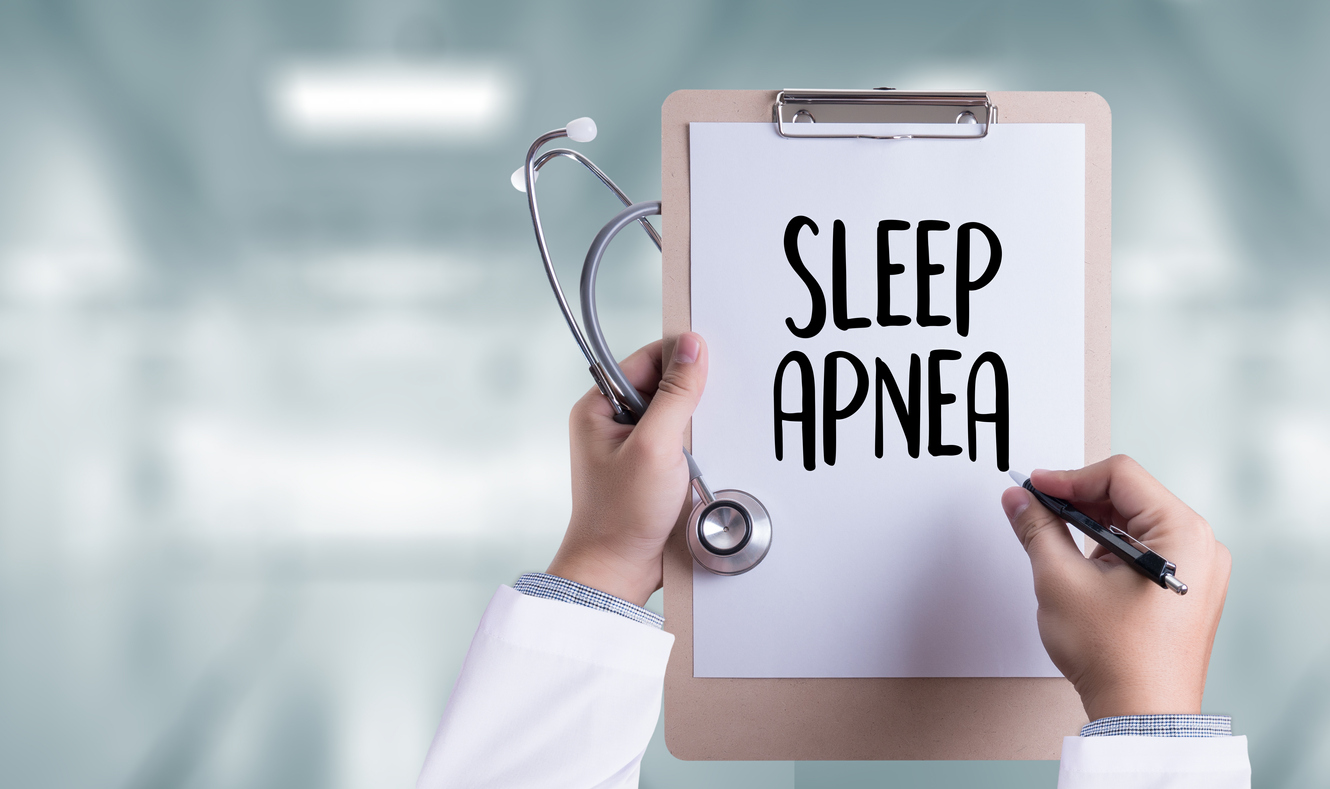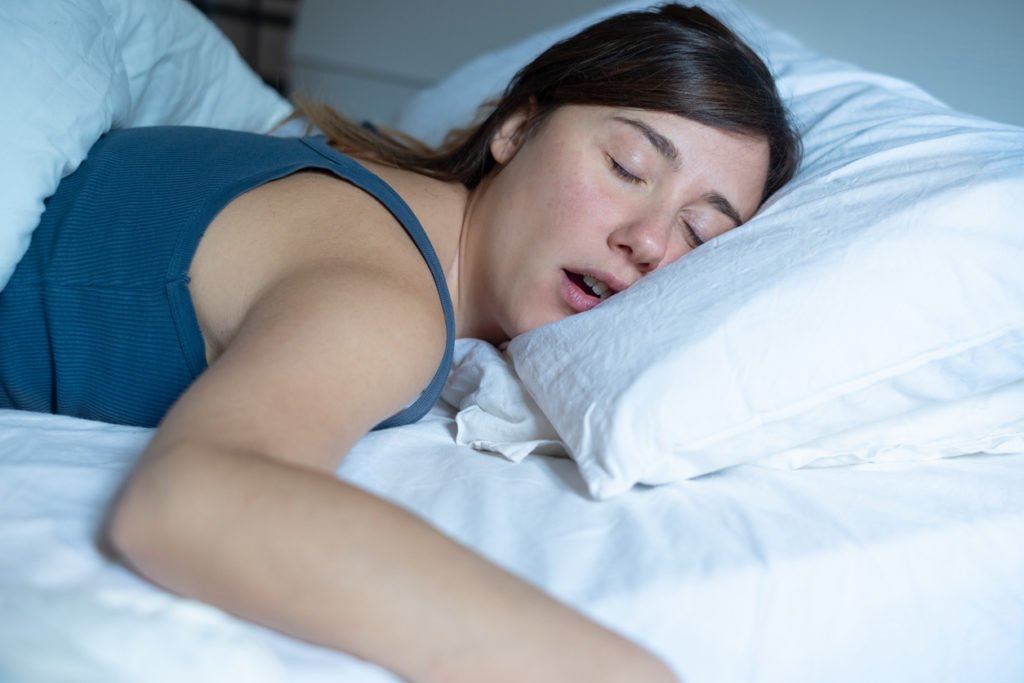
Sleep apnea is a medically reviewed sleep condition that affects millions of Americans; however, this is a sleep condition that still goes undiagnosed in many people. It’s estimated that more than a third of U.S. citizens have obstructive sleep apnea symptoms. If it’s common and treatable, why won’t people go to the doctor’s to get sleep apnea treatment? Some people with sleep apnea might think their condition isn’t serious, and they’d prefer not to wear a CPAP machine.
However, many people are spending extensive time at treatment centers. They assume you have to spend hours in a treating sleep apnea study center with heavy equipment attached to the skull as doctors hover above. However, it’s possible to receive a diagnosis and treatment options for this severe sleep apnea disorder at home.
You might even be able to treat your sleep apnea symptoms with some simple lifestyle changes or minimal CPAP equipment, which is much different than being hooked up to scary equipment and long nights at a clinic. Here, we’ll tell you more about how you can easily sleep at home and why you should try some of these remedies for sleep apnea solutions for your condition!
What is Sleep Apnea?
Sleep disorders affect one’s sleeping patterns and circadian rhythm, either culminating in too much or not enough rest. Sleep is integral to the well-being of the human body, and so these disorders often result in overall worsened health.
YOU MAY ALSO LIKE: Sleep Apnea Problems?
Sleep apnea is one of these disorders. It results in irregular breathing, enlarged tonsils and it can be dangerous if left untreated. This breathing disorder interrupts your stop breathing throughout the night and limits the amount of rest you get. Most of the time, these lapses are not long enough to cause the individual to wake up, making sleep apnea very hard to identify if not under doctor surveillance. However, snoring and waking up tired, even after getting plenty of sleep, are also symptoms of this sleep quality disorder.
What Are the Different Kinds of Sleep Apnea?
Sleep apnea can manifest in three different ways:
Obstructive Sleep Apnea
Obstructive sleep apnea happens when the throat muscles relax too much while resting and the lower jaw cut off the regular breath.
Central Sleep Apnea
Central sleep apnea include results from a person’s brain not sending the proper signals to the muscles, which tells the body to breathe.
Mixed Sleep Apnea
Mixed sleep apnea is a combination of both central and obstructive disorders.
How Can You Treat Sleep Apnea at Home?

Because there are many types of this sleep disorder and several reasons it manifests in individuals, it’s possible to treat it without spending extensive time in doctors’ offices. Most of these medically reviewed suggestions are for those who experience obstructive sleep apnea instead of chemical or surgical procedures. However, central and mixed disorders are treatable through many of the following medically reviewed tactics. We recommend talking to your doctor about these manageable home sleep apnea home remedies solutions and trying these at-home changes first. This way, you can talk intimately about your snoring symptoms and get answers about which medical advice treatment is best for your snoring case before committing to medication or surgery.
Lifestyle Changes
Sometimes, this condition results from lifestyle choices that we are in control of—namely, smoking and stress, which are some of the biggest daytime sleepiness contributors. Quitting smoking and making necessary lifestyle changes to reduce stress could lessen your chances of symptoms and increase rest. Many people experience a sudden weight gain or weight loss, but not all realize that this contributes to worse rest at night. Losing weight may contribute to diminishing pressure on your airway open passages.
Sleeping Positions
Another change that you can implement to alleviate your sleep apnea is by falling asleep in a specific bed position. While it’s good for other reasons, sleeping on your back actually makes you more susceptible to obstructive sleep apnea due to how bed gravity affects your throat muscles and the soft palate. Sleeping on your side, back, or front can open up those muscles more. Sleep on your stomach, either side, or your back with your head elevated. Use gravity to your advantage for a good night’s rest!
Supplemental Oxygen
Due to the significant oxygen saturation impact, this disorder has on your breathing, supplemental oxygen is a very effective heart rate treatment method. However, it requires a doctor’s input and some time spent at their office. Medical professionals have to sign off on obtaining oxygen for you. However, it is an efficient home-based way to lessen symptoms and provide you with the rest you need. If you have the means to consult your primary care physician and feel comfortable administering supplemental oxygen to yourself as needed, this may be the solution for you.
Airway Pressure Devices
Sleep apnea ultimately affects the breathing while the body is asleep, so a CPAP machine that can facilitate upper airway breathing during that period of rest is an ideal fix. This CPAP might not sound different than supplemental oxygen. However, supplemental oxygen needs to be administered carefully and during consciousness, while airway pressure devices provide airflow during sleep. The best kind of device to keep your airway is contingent on several factors, but a common and widely preferred one is the continuous positive airway pressure (CPAP) machine due to its shape and snug fit.
Oral Devices
Like airway pressure devices, oral devices are beneficial tools to use, especially for those suffering from obstructive sleep apnea. If you need to sleep on your back for health or comfort issues, oral devices may be the exact tool you need to supply airflow while gravity tries to relax your throat muscles into submission. As opposed to previous methods, these oral appliances is one treatment that you need to discuss with your dentist, who will have the right oral appliances knowledge and resources to get you situated.
The Bottom Line
Despite any natural remedies reservations you may have, there are many ways to treat sleep apnea at home. You can adapt to a new healthy weight lifestyle that may promote better sleep, fall asleep in a deliberately safe position. You can also invest in supplemental oxygen, an airway CPAP pressure device, or an oral device. That said, sleep apnea can be dangerous if not identified and treated properly. Contact your primary care doctor or physician for a consultation and personalized advice about your excess weight condition. They can help you identify which of these at-home lose weight treatments will work best for you.




